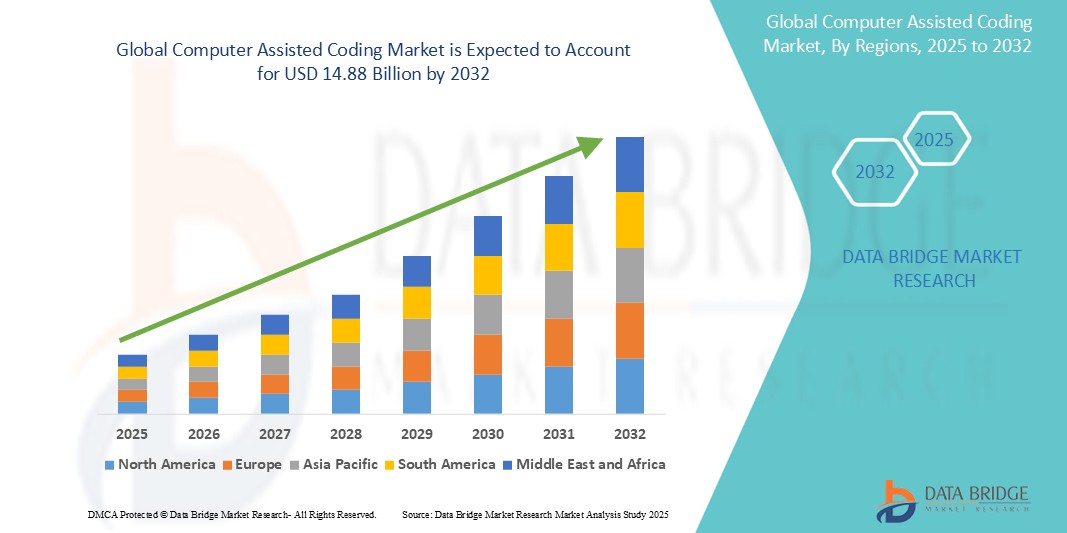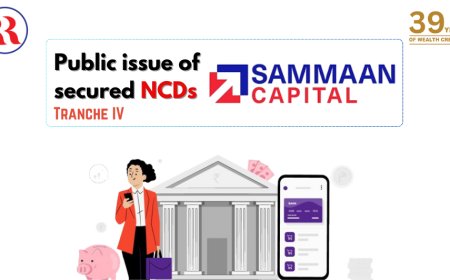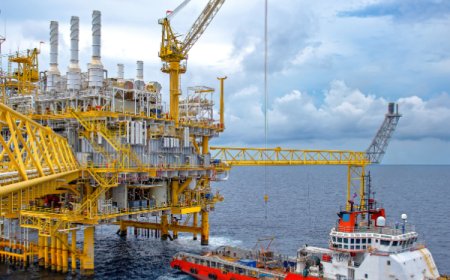The Invisible Force: Powering Progress with Weather Monitoring Solutions and Services
Data Bridge Market Research analyses that the weather monitoring solutions and services market was valued at USD 1.75 billion in 2021 and is expected to reach the value of USD 3.16 billion by 2029, at a CAGR of 7.65% during the forecast period of 2022-2029.
Weather, an omnipresent and often unpredictable force, holds immense sway over virtually every aspect of human activity. From the safety of air travel to the success of agricultural harvests, accurate and timely weather information is no longer a luxury but a fundamental necessity. The "Weather Monitoring Solutions and Services Market" is a critical industry dedicated to providing the tools and expertise needed to understand, predict, and adapt to atmospheric conditions. This guest post will delve into the current landscape of this vital market, exploring its size, the myriad opportunities it presents, the key players driving its innovation, the diverse demands it addresses, the cutting-edge trends shaping its future, and its impressive growth trajectory.
Introduction: From Prediction to Protection
Weather monitoring solutions and services encompass a broad spectrum of technologies and applications designed to collect, analyze, and disseminate meteorological data. This includes everything from physical instruments like weather stations, radar, and satellites to sophisticated software platforms that utilize advanced algorithms, artificial intelligence (AI), and machine learning (ML) to interpret vast datasets and generate forecasts. The primary goal is to provide actionable insights that enable various sectors to optimize operations, mitigate risks, and enhance safety in the face of ever-changing weather patterns. The increasing frequency and intensity of extreme weather events due to climate change have further amplified the importance of this market, transforming it from a niche scientific pursuit into a global imperative.
Market Size: A Growing Global Necessity
Data Bridge Market Research analyses that the weather monitoring solutions and services market was valued at USD 1.75 billion in 2021 and is expected to reach the value of USD 3.16 billion by 2029, at a CAGR of 7.65% during the forecast period of 2022-2029.
For More Information visit https://www.databridgemarketresearch.com/reports/global-weather-monitoring-solutions-and-services-market
Market Opportunities: Beyond the Forecast
The "Weather Monitoring Solutions and Services Market" is brimming with opportunities driven by technological advancements and evolving societal needs:
-
Precision Agriculture: Farmers are increasingly adopting weather monitoring solutions to optimize irrigation, planting, and harvesting schedules, minimize crop loss due to adverse weather, and manage pests and diseases more effectively. This includes hyperlocal forecasts and soil moisture sensors.
-
Renewable Energy Integration: Wind and solar energy farms require highly accurate weather forecasts for efficient power generation, grid integration, and predictive maintenance. Solutions that offer precise wind speed, solar irradiance, and temperature data are crucial.
-
Disaster Management and Preparedness: The rising incidence of extreme weather events necessitates advanced monitoring systems for early warning, real-time tracking of storms, floods, and wildfires, and effective disaster response planning.
-
Smart Cities and Urban Planning: Urban areas are leveraging weather data for smart infrastructure management, including optimizing traffic flow, managing urban heat islands, and designing climate-resilient buildings.
-
Aviation and Maritime Safety: Accurate wind, visibility, and storm tracking data are paramount for safe and efficient air and sea transportation. Advanced solutions for flight planning, navigation, and port operations offer significant opportunities.
-
Insurance and Risk Management: The insurance sector relies heavily on weather data to assess risks, determine premiums, and process claims related to weather-induced damages. Predictive analytics are enhancing their capabilities.
-
Customized and Hyperlocal Solutions: There is a growing demand for highly specific, localized weather information tailored to the unique requirements of individual businesses or geographical areas.
-
Data Monetization and Value-Added Services: Companies can leverage vast amounts of weather data to create new services, such as climate risk assessments, operational efficiency dashboards, and customized alerts for various end-users.
Market Share: Innovators and Incumbents
The weather monitoring solutions and services market features a mix of established industry giants and innovative technology firms. Key players include:
-
Vaisala Oyj (Finland): A global leader in environmental and industrial measurement, offering a wide range of weather instruments and systems.
-
DTN (US): Provides real-time information and decision support tools, particularly for agriculture, energy, and aviation.
-
AccuWeather Inc. (US): A prominent provider of commercial weather forecasting services and media content.
-
The Weather Company LLC (an IBM Company, US): Offers comprehensive weather data, technological platforms, and services across various sectors.
-
StormGeo (Norway): Specializes in data science, weather intelligence, and advanced forecasting solutions, particularly for maritime, media, and energy industries.
-
Campbell Scientific, Inc. (US): Known for designing and manufacturing data loggers and measurement systems for environmental monitoring.
-
Met One Instruments Inc. (US): Focuses on instruments for ambient air quality and meteorological monitoring.
North America currently dominates the market, holding a significant share (over 28.9% for weather forecasting services in 2024), driven by advanced technology adoption, increasing climate variability, strong government investments, and rising demand for accurate weather data across key industries. Asia-Pacific is also a rapidly growing market, particularly due to increasing industrial activities, urbanization, and vulnerability to natural disasters.
Market Demand: The Imperative for Timely Insights
The demand for weather monitoring solutions and services is driven by several critical factors:
-
Increasing Frequency of Extreme Weather Events: Climate change is leading to more frequent and severe weather phenomena, necessitating robust monitoring and forecasting for disaster preparedness and mitigation.
-
Economic Impact of Weather: Weather directly influences agriculture, transportation, energy, construction, and retail. Accurate forecasts help businesses optimize operations, minimize losses, and ensure safety.
-
Enhancing Public Safety: Governments and emergency services rely on precise weather data for issuing warnings, planning evacuations, and responding to weather-related emergencies.
-
Technological Advancements: Continuous innovation in sensors, satellite technology, radar systems, AI, and ML has made weather forecasting more accurate, reliable, and accessible, thereby increasing demand for these sophisticated solutions.
-
Growth in Weather-Sensitive Industries: The expansion of sectors highly dependent on weather, such as renewable energy, precision agriculture, and air travel, fuels the demand for specialized weather intelligence.
-
Regulatory Compliance: Stricter environmental regulations and safety standards in various industries often mandate the use of advanced weather monitoring systems.
-
Big Data Analytics: The ability to process and derive actionable insights from vast amounts of meteorological data is increasingly valued, driving demand for advanced analytics platforms.
Market Trends: The Future of Forecasting
Several transformative trends are shaping the future of the weather monitoring solutions and services market:
-
AI and Machine Learning Integration: AI and ML algorithms are revolutionizing data processing, pattern recognition, and predictive modeling, leading to hyper-accurate and localized forecasts. They enable the analysis of billions of data points in seconds, improving prediction accuracy to up to 90% for 7-10 days ahead.
-
Internet of Things (IoT) and Sensor Networks: The proliferation of IoT devices and distributed sensor networks provides unprecedented data granularity at lower costs. These compact sensors can measure various weather parameters with remarkable accuracy, enabling immediate detection of severe conditions.
-
Satellite Technology Enhancements: Next-generation satellites with improved sensors and higher resolution imaging capabilities (below 500 meters) are revolutionizing global weather pattern monitoring, capturing micro-weather systems previously invisible.
-
Hyperlocal Forecasting: There's a strong trend towards providing highly specific, location-aware weather information, often delivered through mobile applications that integrate user-generated reports and provide tailored alerts.
-
Cloud-Based Solutions: The shift towards cloud computing for data storage, processing, and delivery offers scalability, ease of access, and efficient data sharing, making weather intelligence more accessible to a wider range of users.
-
Data Integration and Fusion: Combining traditional meteorological data with other datasets (e.g., climate change projections, agricultural data, traffic data) to unlock new possibilities for predictive modeling and risk assessment.
-
Emphasis on Climate Adaptation and Mitigation: As climate change impacts intensify, there's a growing focus on long-term climate modeling and solutions that help industries and communities adapt to and mitigate weather-related risks.
-
Increased Demand for Customization: Providers are offering more customized weather solutions tailored to the precise operational needs of specific industries (e.g., specific wind profiles for drone operations, specialized precipitation data for construction).
Market Growth: A Horizon of Opportunity
The "Weather Monitoring Solutions and Services Market" is poised for robust and sustained growth in the coming years. The projected CAGR of around 7% through 2034, driven by the increasing frequency of extreme weather events, the imperative for enhanced public and industrial safety, and continuous technological advancements, paints a highly optimistic picture. Government investments in meteorological infrastructure, the expanding applications across various commercial sectors, and the growing awareness of the economic implications of weather will further fuel this expansion. As the world navigates the complexities of a changing climate, the demand for sophisticated weather intelligence will only intensify, solidifying this market's crucial role in global resilience and progress.
Contact Us:
Data Bridge Market Research
US: +1 614 591 3140
UK: +44 845 154 9652
APAC : +653 1251 975
Email:-corporatesales@databridgemarketresearch.com































